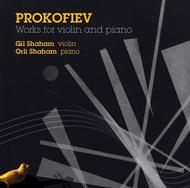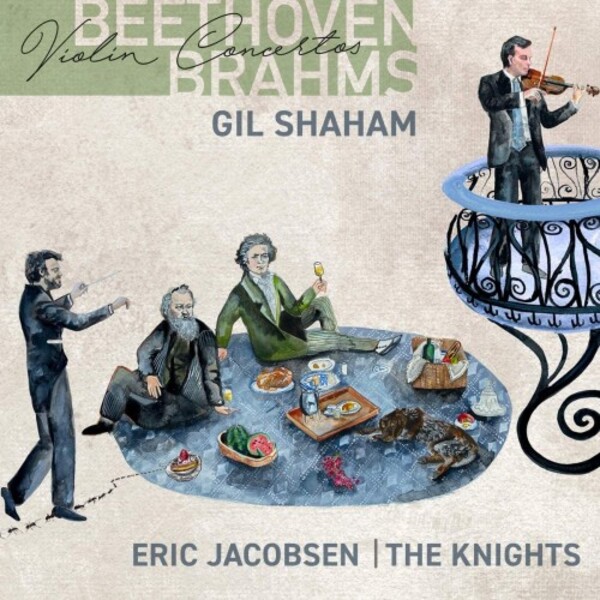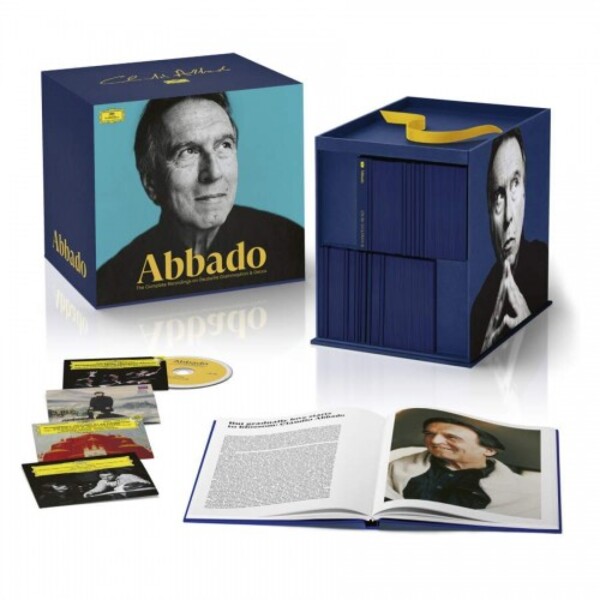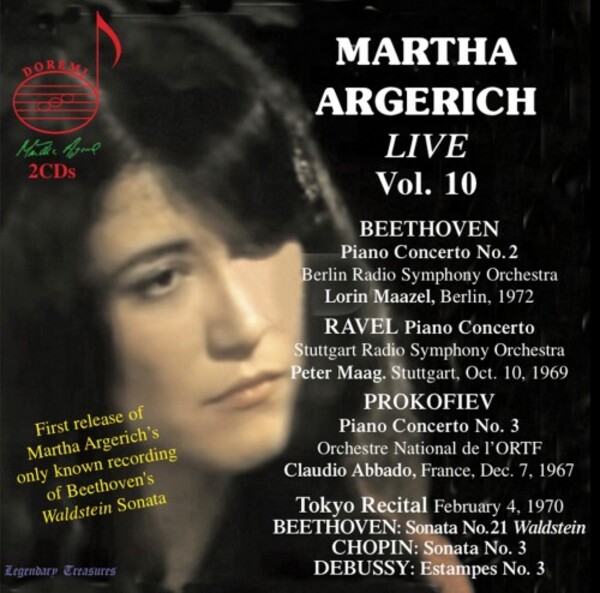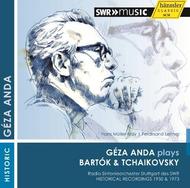1930s Violin Concertos Vol.2
£12.69
In stock - available for despatch within 1 working day
Despatch Information
This despatch estimate is based on information from both our own stock and the UK supplier's stock.
If ordering multiple items, we will aim to send everything together so the longest despatch estimate will apply to the complete order.
If you would rather receive certain items more quickly, please place them on a separate order.
If any unexpected delays occur, we will keep you informed of progress via email and not allow other items on the order to be held up.
If you would prefer to receive everything together regardless of any delay, please let us know via email.
Pre-orders will be despatched as close as possible to the release date.
Label: Canary Classics
Cat No: CC16
Barcode: 0892118001167
Format: CD
Number of Discs: 1
Genre: Orchestral
Release Date: 26th February 2016
 FREE UK SHIPPING OVER £30!
FREE UK SHIPPING OVER £30!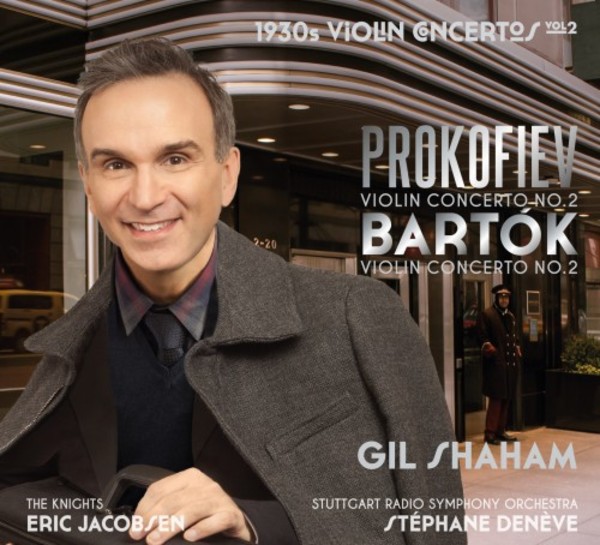
 Prokofiev’s initial idea for the work that became his Violin Concerto No 2 was for a sonata for violin and orchestra, implying a greater sense of dialogue and balance than the standard concerto. This is something that Shaham and Eric Jacobsen’s Brooklyn-based ensemble the Knights live up to here, even if one sometimes wishes the solo woodwind were further forward in the balance. Shaham sustains long phrases with plenty of substance to the sound, and brings a poised, well-articulated lightness to the faster passages. Bartók’s Concerto No 2 finds him drawing on an even greater palette of colour and infusing the finale with the right amount of edginess. For the Bartók, he is teamed with Stéphane Denève and the Stuttgart Radio Symphony Orchestra, who bring a more expansive sound to this more expansive score.
Prokofiev’s initial idea for the work that became his Violin Concerto No 2 was for a sonata for violin and orchestra, implying a greater sense of dialogue and balance than the standard concerto. This is something that Shaham and Eric Jacobsen’s Brooklyn-based ensemble the Knights live up to here, even if one sometimes wishes the solo woodwind were further forward in the balance. Shaham sustains long phrases with plenty of substance to the sound, and brings a poised, well-articulated lightness to the faster passages. Bartók’s Concerto No 2 finds him drawing on an even greater palette of colour and infusing the finale with the right amount of edginess. For the Bartók, he is teamed with Stéphane Denève and the Stuttgart Radio Symphony Orchestra, who bring a more expansive sound to this more expansive score. 